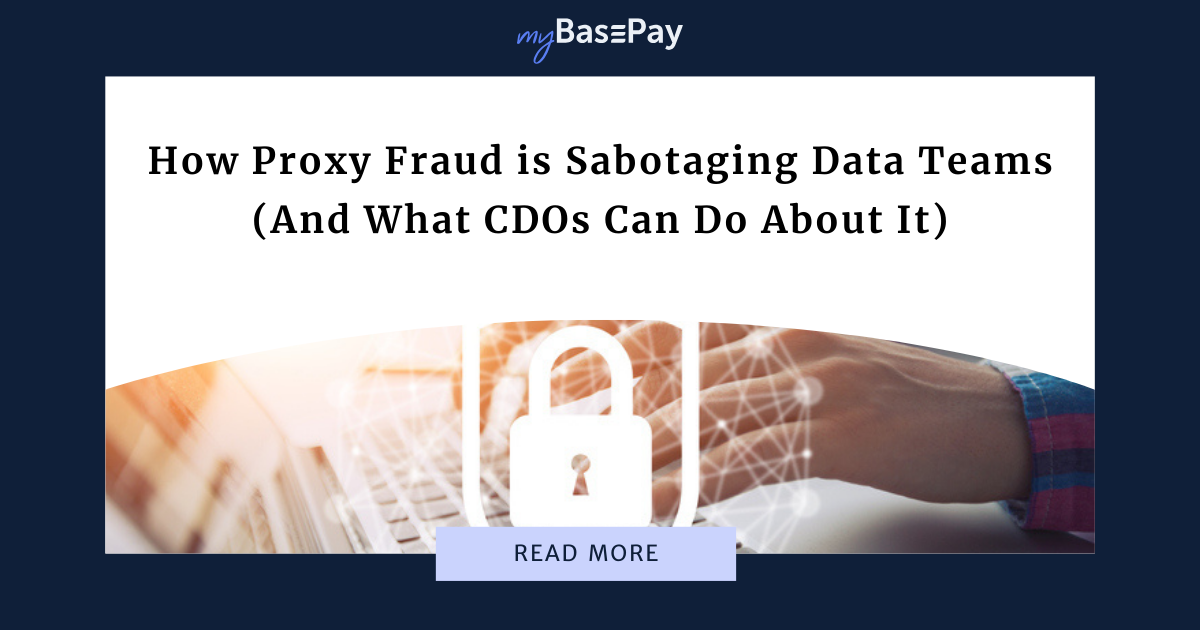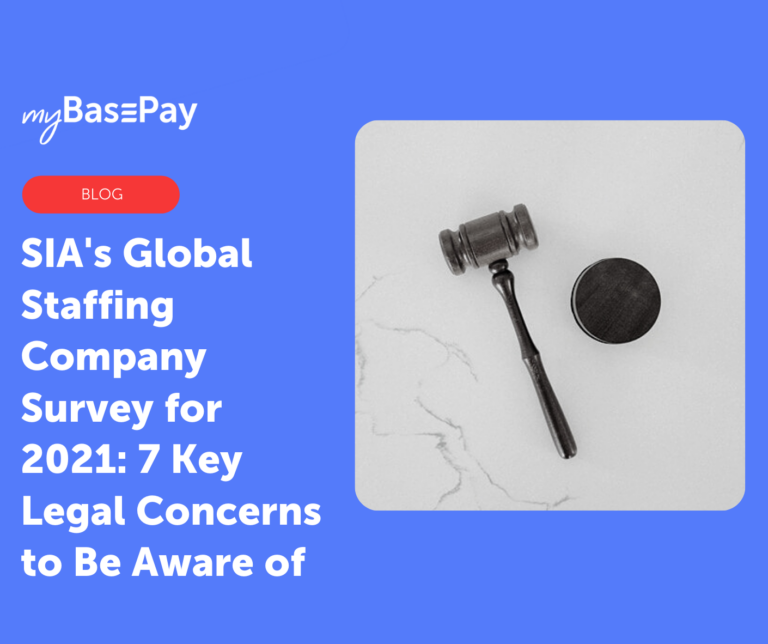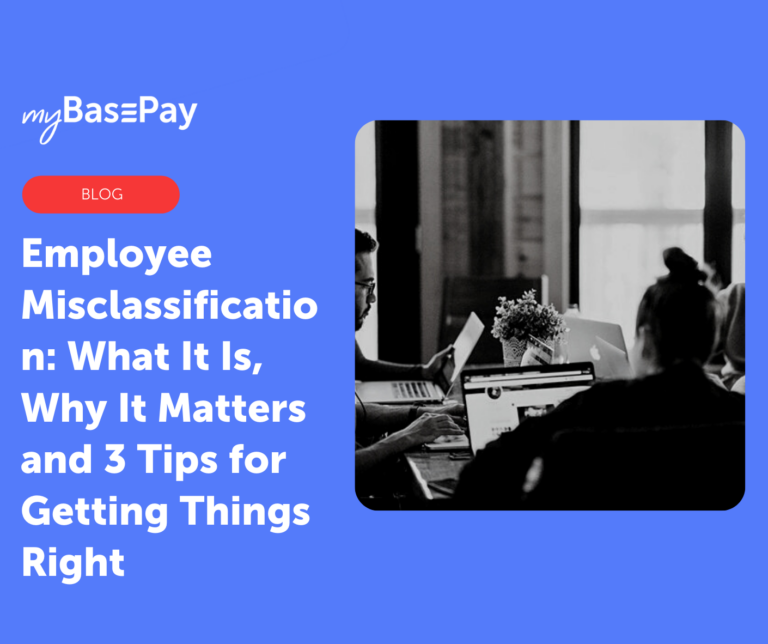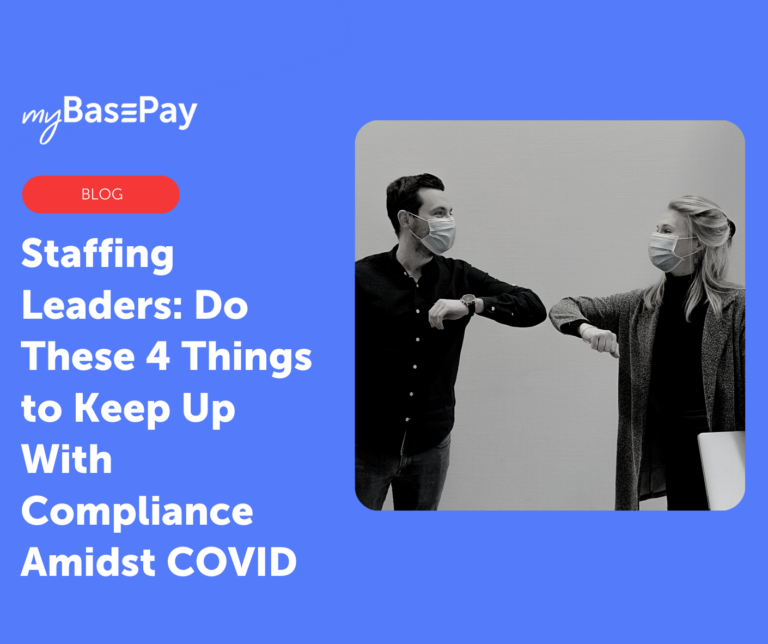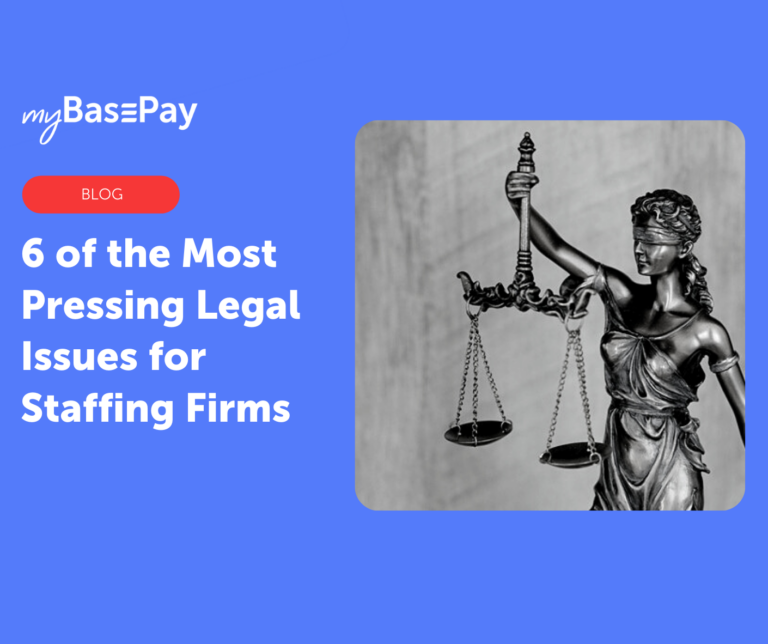How Proxy Fraud is Sabotaging Data Teams (and What CDOs Can Do About It)
By Chantal Schutz
The race to build internal AI and machine learning capabilities has never been more intense. Chief Data Officers are under immense pressure to rapidly scale their teams with specialized talent, including data scientists, ML engineers, LLM talent, and AI experts. But as organizations rush to hire internal talent and consultants to fill these critical gaps, proxy interview fraud (individuals who interview on behalf of someone else, with the intent to deceive employers about the actual candidate’s identity or qualifications) is emerging as an issue that seems to be worsening.
The Proxy Problem: By the Numbers
At the end of 2024, 17% of hiring managers reported encountering suspected deepfake interviews, up from just 3% the previous year, a nearly 500% increase in just 12 months. According to HYPR’s 2025 State of Passwordless Identity Assurance report, 95% of organizations experienced a deepfake incident in the last year, and nearly 40% had a GenAI-related security breach.
But here’s what makes this particularly dangerous for data and AI teams: modern proxy hiring operations now use AI-powered recruitment technology to fool even seasoned technical recruiters. Video manipulation software (essentially deepfakes for live video interviews) means that a job applicant can be deepfaked into existence in just 70 minutes, according to cybersecurity research.
The Impact of Remote Work
The move to remote hiring, sped up by the pandemic and now common for specialized AI talent, has created the perfect environment for proxy fraud. As of March 2025, 22.8% of U.S. employees worked remotely at least part of the time (that’s over 36 million people). When you’re interviewing a machine learning engineer or data scientist, remote or in another country, the usual safeguards are no longer in place.
- No in-person verification
- Difficulty validating technical credentials in real-time
- Limited ability to cross-reference identity documents
- Reduced oversight during the initial work period
For AI and data roles specifically, this creates additional risks. These positions often require access to sensitive data, proprietary code, and intellectual property that could be worth millions. When the person who interviewed isn’t the person doing the work, organizations face not just fraud and wasted investment in hiring the wrong person, but potential data breaches, IP theft, and compliance violations.
The CDO’s Dilemma
Chief Data Officers face an impossible choice: move fast to stay competitive or implement thorough vetting processes that slow down critical initiatives. The pressure to launch AI projects, build LLM capabilities, and demonstrate ROI means many organizations are accepting higher risks in their hiring and vetting processes, and proxies are taking advantage.
The Vendor of Record Solution
This is where Vendor of Record (VOR) and Employer of Record (EOR) models become invaluable for data and AI leaders. Rather than sourcing talent directly, a VOR serves as the compliance and risk management layer between your organization and your talent ecosystem. The EOR will ensure all talent sourced is properly vetted.
Here’s how it works:
Robust Identity Verification
- Multi-factor identity verification during onboarding that goes beyond basic background checks/cross-referencing identity documents
- Video-based verification sessions to confirm that the interview candidate matches the actual worker
- Biometric verification for ongoing remote work validation
- Regular check-ins that flag unusual behavior patterns or performance inconsistencies
Compliance Consolidation
Instead of managing separate agreements with multiple suppliers and/or contractors, with a world-class VOR/EOR provider you get:
- Unified compliance standards across all talent
- Access to our pre-vetted supplier network
- Assurance that all worker liabilities are met regardless of sourcing model
- Consistent IP assignment and contract-for-hire agreements
- Standardized data security and GDPR compliance protocols
- Single audit trail for SOX and regulatory requirements
- Dedicated candidate experience partner who works directly with candidates (not offshored or outsourced, multi-lingual)
Financial Control
- Consolidated invoicing and payment processing
- Clear cost tracking across projects
- Clean audit trail and simplified financial reporting
- Standardized rate structures and approval workflows
- Budget forecasting based on unified contractor data
Talent Management
- Ability to quickly re-engage talent who understand your data infrastructure
- Maintenance of relationships with specialized talent between projects
- Knowledge continuity without the overhead of direct employment
- Single relationship managing the entire contractor ecosystem
- Ability to scale teams rapidly while maintaining security
- Champions worker advocacy (creating future brand ambassadors)
The Strategic Advantage
The organizations that will win the AI race aren’t necessarily those who hire the fastest; they’re the ones who build sustainable, secure, and scalable processes that protect the organization. A VOR model allows CDOs to focus on strategy and implementation while ensuring their talent ecosystem is compliant, efficient, and fraud resistant.
As proxy fraud continues to evolve with AI-powered deepfakes becoming more sophisticated and harder to detect, organizations with robust verification and management processes will have a significant competitive advantage. Remote work isn’t going away; it’s about understanding how to remain vigilant and mitigate risk.
For Chief Data Officers, the question isn’t whether to use contractors and consultants to build AI capabilities; it’s how to do so safely, efficiently, and at scale. A Vendor of Record model provides enterprise-grade processes that prioritize compliance, allowing data leaders to focus on building the AI capabilities that will drive their organizations forward. If you want to learn how myBasePay is doing this for organizations of all sizes, please visit myBasePay.com.
